Mekong River Facts
- This breathtaking creation of time and natural processes most frequently goes by the deceptively short title of the Mekong River. Yet, it does have numerous other names. These, however, merely represent its name in the language of various countries through which it flows.
- These alternate monikers include such modified versions as Mae Nam Khong, Mènam Khong or Mekong, Mae Nam Khong, Sông Mê Kông or Cửu Long, in a few of these nations. In still others, though, it’s also known by such different tags as Lancang Jiang and Tonle Thom.
- Archaeological evidence also indicates that ancient man discovered this magnificent wonder long ago. Findings, such as tools and pottery, indicate that prehsitoric communities knew of and used the river, possibly as early as the Neolithic period, around 10,000 to 4,000 years ago.
- The local population of Indigenous Peoples therefore knew of and made use of this marvel of Nature for many thousands of years. Its discovery by outsiders, in this instance Europeans, though, did not occur until 1540. At that time, Portuguese explorer, Antonio de Faria, sighted it.
- Fortunately, several regions along the course of the remarkable Mekong River now enjoy protected status. Though these represent only a small portion of its total length, it nevertheless represents a recognition by various governments of the importance of this marvel of Nature.
- Its headwaters lie within the borders of the Sanjiangyuan National Nature Reserve. Another section forms part of the Three Parallel Rivers of Yunnan Protected Areas, a UNESCO World Heritage Site. And the Tonle Sap Biosphere Reserve also forms a UNESCO Biosphere Reserve.
Related Articles
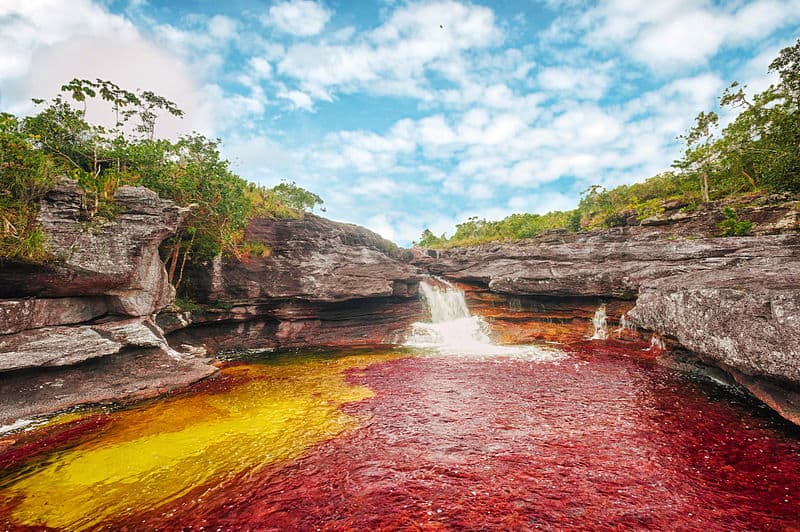
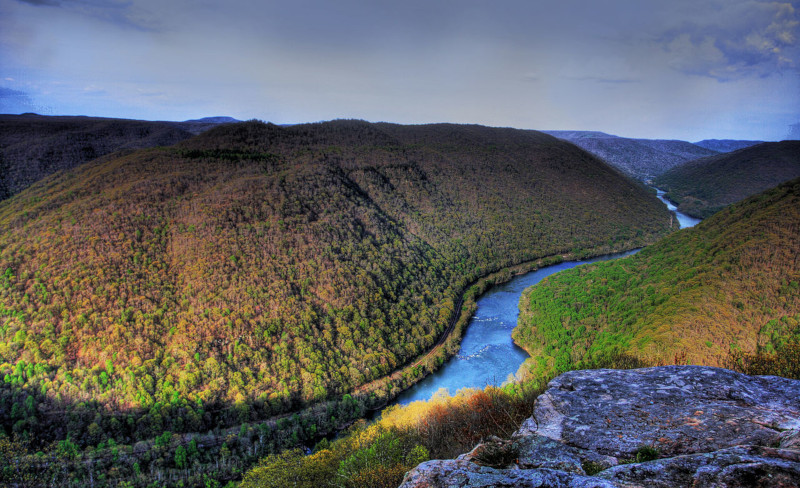
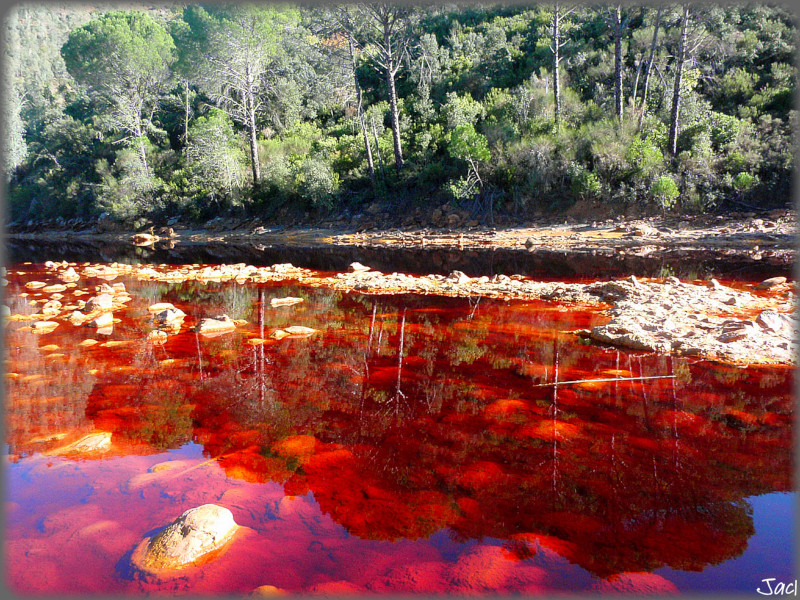
Mekong River Physical Description
The stunning Mekong River never fails to mesmerize those individuals fortunate enough to view this majestic work of natural art. Unlike some features, however, it does so for a wide variety of reasons. Its sheer size alone ranks high on any list of impressive qualities for most of its viewers.
In its entirety, the astounding flow takes a somewhat circuitous course that extends for approximately 2,703 mi (4,350 km). Despite this, along the way, the mighty river passes through a wide range of landscapes. For purposes of study, experts divide its length into three distinct regions.
Its first section, scientists assigned the appropriate name of the Upper Course. This segment of the body of water runs through an extremely rugged landscape. Here, its waters flow through deep gorges and rugged mountainous terrain. This frequently results in the creation of powerful rapids.
The next division’s named the Middle Course. This portion widens and meanders, forming vast floodplains and many islands. It’s also characterized by a mix of slow-moving sections and areas with strong currents, especially around Khone Falls, one of the highest volume waterfalls on earth.
Naturally, the final section holds the tag of the Lower Course. This section of the river slows down significantly. The river’s flow becomes more gentle and meandering, with wide, sweeping curves. In the process, though, this ends up creating the expansive and incredibly fertile Mekong Delta.
The delta of the Mekong River, itself a site that must be seen to be believed, represents yet another marvelous aspect of the river. This enormous natural formation comprises an extraordinary maze of distributaries, channels, and wetlands, covering an area of about 15,000 sq mi (39,000 sq km).
Mekong River Location, Formation, and Ecology
The captivating Mekong River formed in a region of the globe already well known for its incredible abundance of geological wonders. That location’s therefore not likely to surprise many people. That’s because Nature created this masterpiece as part of the beautiful continent of Asia.
More precisely, this river lies in the general southeastern portion of the landmass. Due to its extreme length, this marvelous flow additionally extends through an amazing total of six different countries. These include the nations of China, Myanmar, Laos, Thailand, Cambodia, and Vietnam.
Its formation occurred as a result of tectonic activity and erosion over millions of years. That origin traces back to the Tibetan Plateau, which continues to be one of the highest and most geologically active regions in the world. The formation of the river also involved several key processes.
The natural headwaters for the river also lie within the above-mentioned region. That area formed by the inexorable collision of the Indian and Eurasian tectonic plates. This uplift created the appreciably high mountains and deep valleys that provide the starting point for the river’s flow.
Other factors play parts in its formation, as well. The numerous glaciers and snowfields in the region gradually melt, feeding the flow’s several upper tributaries. As the water flows downhill, it naturally erodes the land, carving valleys and channels of varying depths, which form its path.
Over time, however, still more components came into play in its creation and modification. Changes in elevation and tectonic shifts starongly influenced its flow pattern. This led to the river capturing other streams and tributaries, eventually increasing its volume and extending its course.
As the wonder of Nature travels through different terrains, it carries sediment from the mountains through the lowlands. This sediment eventually helps shape the extraordinarily fertile Mekong Delta in southern Vietnam. There, though, it finally ends when it meets the South China Sea.
Its ecology remains incredibly diverse and unique, making it one of the world’s most biologically rich river systems. The flow also supports a wide range of ecosystems, from its high-altitude headwaters in the mountains to the tropical environments of its lower reaches and the Delta.
It also serves as home to more than 1,200 fish species, making it the second-most biodiverse river in terms of fish species, after the Amazon River. This includes rare and iconic species like the Mekong giant catfish, one of the largest freshwater fish in the world, and the Irrawaddy dolphin.
The amazing Mekong River also supports even more amazing species. Its surrounding wetlands, forests and floodplains continue to be rich with diverse plant and animal species, including various reptiles, amphibians, birds, and mammals like the Asian elephant and the Indochinese tiger.
Many of the species in this river also evolved as highly migratory in nature, traveling long distances along the river for their spawning. Fish migration remains closely linked to the river’s seasonal flow patterns, particularly during the monsoon season when the river’s flow increases dramatically.
Its delta’s also one of the most productive agricultural regions in Southeast Asia. The nutrient-rich soil, formed by sediment deposition from the river, supports extensive rice cultivation. The delta’s wetlands and mangroves also form critical habitats for many species, including migratory birds.
Features Sharing Its Region
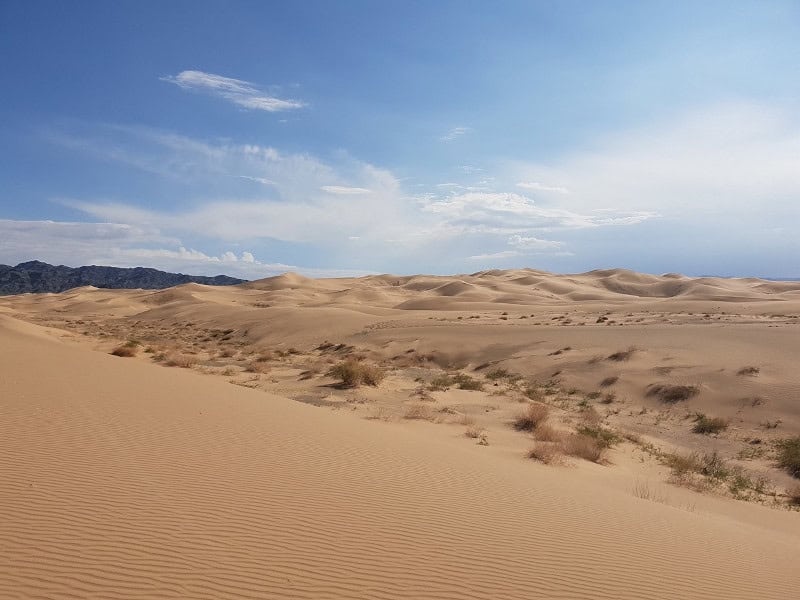
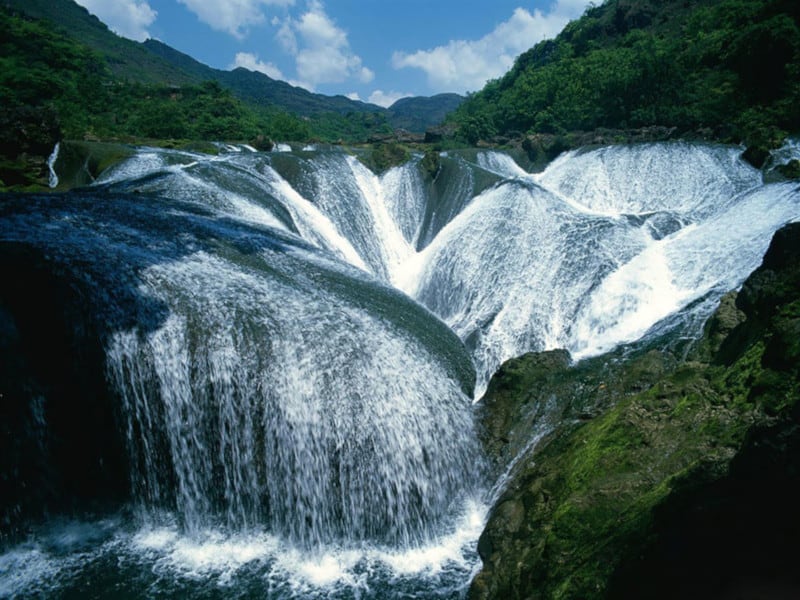

Check out our other articles on 5 Wonderful Mammals of Washington, Eurasian Red Squirrel, Perito Moreno Glacier, Snake Plant, Jack Jumper Ant, Weka, Tiger Shark, Blue-lipped sea krait
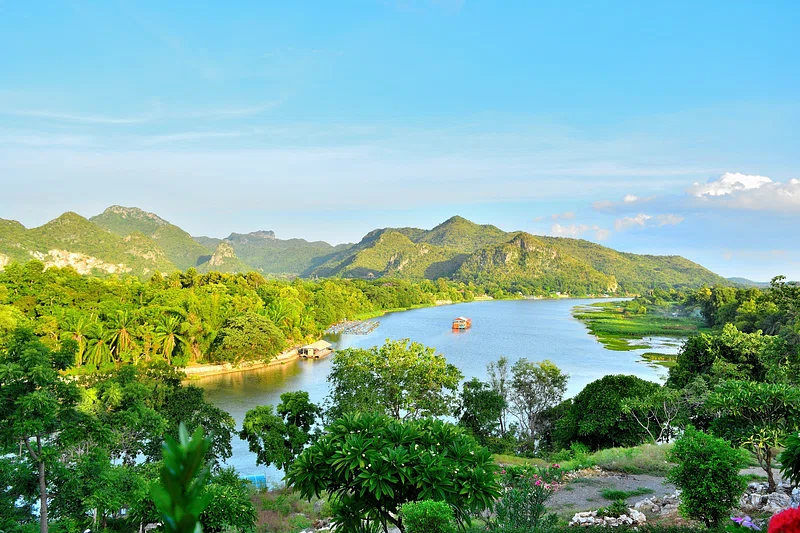











Leave a Reply